Biodegradable containers are better for the environment
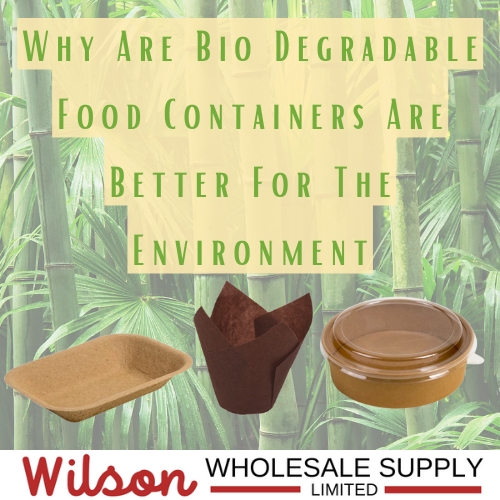
We will explore why some packaging is better for the environment and how you can make the switch. We will also discuss the key considerations for choosing compostable packaging, including what they are, how they benefit the environment, and how they differ from compostable containers.
1, What is bio-degradable packaging?
2, How does bio-degradable packaging benefit our surroundings?
3, Are there any drawbacks to using bio-degradable packaging?
4, How can you switch to using bio-degradable packaging?
5, What is the difference between compostable and bio-degradable packaging?
6, How can we recycle compostable take-out packages?
7, How are compostable and bio-degradable packages made?
What you need to know before buying bio-degradable packaging?

You’re at the grocery store, picking up some takeout for dinner. You reach for a plastic container, but then you hesitate as you consider the negative environmental impacts of using plastic, from production to disposal. You wonder if there are more sustainable options that could be better for the planet.
That’s when you notice the bio-degradable packaging. These containers are made from plant-based fibers and can break down naturally, unlike other synthetic containers.
You’re not alone in your confusion about which type of compostable take out containers are best for nature. In this article, we will explore why bio-degradable bins are better for our surroundings and how you can make the switch. We will also discuss the key considerations for choosing bio-degradable containers, including what they are, how they benefit our surroundings, and how they differ from compostable containers.
The main challenge a customer might face when it comes to using bio-degradable bins is understanding why they are better for the s. Many people think that plastic is the more environmentally friendly option because it can be recycled. However, the recycling process for synthetic compounds is very energy intensive, and most plastic ends up in landfills anyway.
CLICH HERE To Discover Why Compostables Are A Necessity To Sustainable Solutions
Bio-degradable packaging is made from plant-based fibers, which means they can break down naturally. This makes them a much more sustainable option than plastic bins.
Another challenge people face when switching to bio-degradable bins is finding products that are truly biodegradable. Many products on the market claim to be environmentally-safe but are actually made from a mix of plant-based and synthetic polymers. These products will not break down as quickly as pure plant-based products.
It can be difficult to make the switch to bio-degradable food packages, especially if you’re not sure why they are better for the habitat. In this article, we will explore why bio-degradable food packages are better for our planet and how you can make the switch. We will also discuss the key considerations for choosing bio-degradable containers, including what they are, how they benefit nature, and how they differ from compostable containers.
2, How do bio-degradable containers benefit our surroundings?
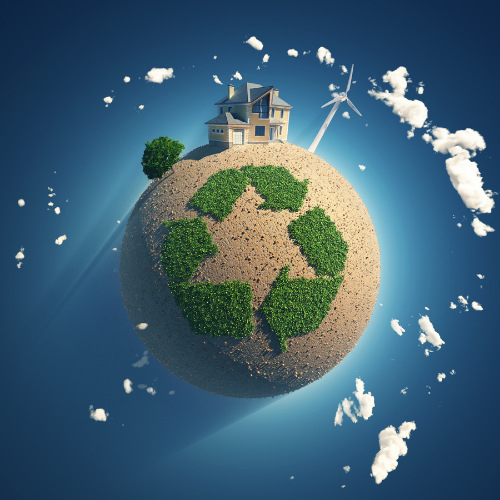
Bio-degradable packaging is an important step toward reducing the amount of waste that ends up in landfills. Most synthetic compounds do not break down, which means it does not break down naturally and can take centuries to decompose. This is bad for our surroundings, as it can leach harmful chemicals into the soil and water.
In contrast, a bio-degradable container is made from plant-based fibers that can break down naturally. This means that it won’t contribute to the growing problem of plastic pollution. Additionally, bio-degradable containers can be composted, which helps to reduce the amount of recyclable waste going to landfills and helps protect our land.
The pollution caused by plastics
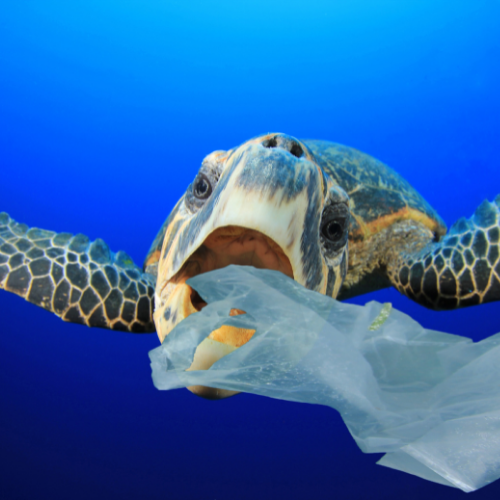
Plastic packages are one of the biggest contributors to plastic pollution. Plastic is a non-biodegradable material, which means it does not break down naturally and can take centuries to decompose. This is bad for nature, as it can leach harmful chemicals into the soil and water, and is not eco-friendly.
Click Here To Discover More About Eco Friendly Packaging Canada
The benefits of bio-degradable packages over synthetic packages
Compared to synthetic packages, bio-degradable packages offer several key benefits. They are made from plant-based fibers that can break down naturally and do not contribute to the growing problem of plastic pollution. Additionally, bio-degradable containers can be composted, which is the east way helps to reduce the amount of waste going to landfills, this IS eco-friendly.
3, Are there any drawbacks to using bio-degradable food containers?

While bio-degradable packages offer several key benefits over plastic packages, they also have a few drawbacks. One of the main disadvantages is that they can be more expensive than synthetic containers. Additionally, not all bio-degradable cartons are compostable, which means they may still end up in landfills.
Click here to discover What Are The Benefits of Biodegradable Coffee Cups
Price

One of the main disadvantages of bio-degradable packages is that they can be more expensive than plastic packages. This is because they are made from plant-based fibers, which can be more expensive to source. However, the price difference between environmentally-safe and synthetic containers is often not as significant as people think.
Compostability
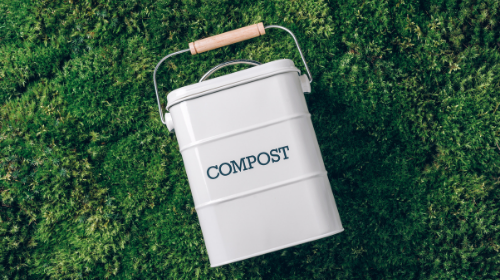
Not all bio-degradable bins are compostable, which means they may still end up in landfills. This is because some bio-bins are made from a mix of plant-based and synthetic polymers. These products will not break down in nature as quickly as pure plant-based products.
4, How can you switch to using bio-degradable food containers?
Making the switch to bio-degradable bins can be a big change, but it’s worth it for the benefits they offer our surroundings. Here are a few tips on how to make the switch:
1. Educate yourself on the different types of bio-degradable cartons available. There is a range of options, including those made from plant-based fibers like corn and sugar cane as well as synthetic blends.
2. Consider the type of food you’ll be storing in the cartons. Some bio-cartons are better suited to certain types of food than others.
3. Choose a size and shape that will work for your needs. Bio-cartons come in all shapes and sizes, so there’s sure to be one that will work for your needs.
4. Shop around and compare prices, so you can find the most cost-effective We have a HUGE Variety Of Compostable Packages To Choose From.
Research the different types of bio-degradable food packages available
Bio-degradable packages are available in a variety of different types or raw matter. Some of the most common mediums include paper, corn compound, and bamboo. Paper containers are usually made from recycled paper products, making them a very eco-friendly option. Corn plastic is also a popular choice since it can be made from renewable resources. However, corn plastic containers may not always break down as well in hot environments or with food waste.
Consider the type of food you’ll be storing in the packages as well.
If you’re part of the foodservice industry and plan to store hot or oily foods, a corn compound container might not be the best choice since it can degrade more easily in these types of environments. On the other hand, if you’re looking for something lightweight and airtight, bamboo may be a better option.
Choose a size and shape that will work for your needs.
Bio-degradable cartons come in all different shapes and sizes, so it’s important to select the right one for your needs. If you’re planning to use the cartons to store liquids or hot or cold food, for instance, you may want to look for one that is designed with these needs in mind.
Be sure to check the labels before you buy.
When customers are viewing product detail pages of eco-friendly cartons, always make sure to check the labels carefully to be certified compostable. Some packages may claim to be “biodegradable” but may not break down properly in landfills or composting facilities. Look for bins that are made from environmentally-friendly materials and have a high level of biodegradability and are certified compostable.
Shop around and compare prices.
Many different companies offer eco-friendly bio-degradable packages to restaurants and concerned customers, so it’s important to shop around and compare prices before you make a purchase. Consider the other types of containers you will need, the material it’s made from, and the quantity you’ll need. Also to protect the environment if it ends up in a landfill.
Make the switch.
If you’re looking for an eco-friendly way to store your food, biodegradable packages are a great option. These packages are made from renewable resources and will break down naturally, making them a much better choice for nature than traditional plastic or paper containers.
5, What is the difference between compostable and bio-degradable food containers?
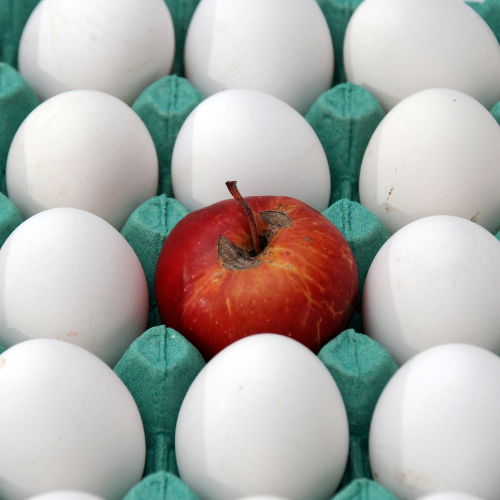
Although the terms “compostable” and “biodegradable” are often used interchangeably, there is a big difference between the two. Compostable packages are made from natural products that can be broken down by microorganisms into compost, which can then be used to fertilize the soil. Bio-degradable take-out containers, on the other hand, are made from synthetic polymers that will break down over time but not necessarily into compost.
COMPOSTABLE cartons:
6, Recycling compostable take-out containers
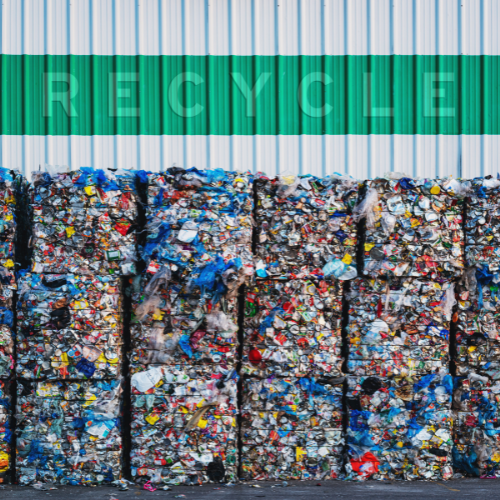
Compostable food packages are a great way to reduce your environmental impact, but what happens when they’re no longer needed? Thankfully, there are a few different ways to deal with recycled compostable packages.
At Home Composting
One option is to compost them at home. If you have a yard or garden, you can simply add your compostable cartons to your compost box along with fruit, food waste, and other biodegradable fibers. For smaller compost piles, you can also compost your cartons in a bin or tumbler.
Local Composting Facility
Another option is to take them to a local composting facility or compost drop-off station. Many communities now have these facilities available to help residents properly dispose of their compostables.
7, How are compostable and bio-degradable food containers made?

The raw matter used to make compostable and bio-degradable packages can vary, but most are made from plant-based fibers such as corn, bamboo, paper, or cardboard. The raw matter is often processed with various chemical additives to make them more durable and resistant to mold, water, and other environmental factors. Manufacturing processes may also vary depending on the type of material used and the specific requirements of the final product.
How are compostable packages made?
Compostable food packages are made from natural products that can be broken down by microorganisms into compost. Paper, cardboard, and corn plastic are all common products used to make compostable cartons.
How are bio-degradable cartons made?
Bio-degradable food cartons are made from synthetic polymers that will break down over time but not necessarily into compost. The raw matter can include plastics, polymers, and other synthetic or petroleum-based compounds. The manufacturing process for bio-degradable cartons may involve chemical additives or other processing steps to improve their durability and resistance to moisture, UV rays, and other environmental factors.
Given the many options available, it can be difficult to know which type of food container is right for you. Compostable food cartons are a great choice for those who want to reduce their environmental impact, but they may not be suitable for all applications. Bio-degradable cartons may be a better option in some cases, but it’s important to understand how they’re made and what they’re made from before making a purchase.
What are the different products used to make compostable packages?
The most common products used to make compostable packages include paper, cardboard, corn plastic, and other fibers. The raw matter is often combined with various chemical additives to improve its durability and resistance to mold, water, and other environmental factors.
What are the different products used to make bio-degradable packages?
Products used to make bio-degradable packages can include plastics, polymers, and other synthetic or petroleum-based compounds. These materials may be processed with chemical additives or other steps to improve their durability and resistance to moisture, UV rays, and other environmental factors.
What are the common chemical additives used in the manufacturing process of compostable and bio-degradable packages?
Common chemical additives used in the manufacturing process of compostable and bio-degradable cartons can include preservatives, stabilizers, UV inhibitors, and moisture-resistant coatings. These additives help to improve the durability and stability of these products, while also protecting them from mold, water, and other environmental factors.
In Conclusion

Compostable and bio-degradable cartons are made from natural raw matter that can be broken down by microorganisms into compost. Paper, cardboard, and corn plastic are all common materials used to make compostable food packages. =>Manufacturing processes may also vary depending on the type of material used and the specific requirements of the final product.
Bio-degradable bins are made from synthetic polymers that will break down over time but not necessarily into compost. These products can include plastics, polymers, and other synthetic or petroleum-based compounds.
The manufacturing process for bio-degradable bins may involve chemical additives or other processing steps to improve their durability and resistance to moisture, UV rays, and other environmental factors.
Given the many options available, it can be difficult to know which type of food container is right for you. Compostable packages are a great choice for those who want to reduce their environmental impact, but they may not be suitable for all applications.
FAQ

What are bio-degradable food packages?
Bio-degradable packages are made from synthetic polymers that will break down over time but not necessarily into compost. These products can include plastics, polymers, and other synthetic or petroleum-based compounds.
What are the benefits of using bio-degradable packages?
The manufacturing process for bio-degradable cartons may involve chemical additives or other processing steps to improve their durability and resistance to moisture, UV rays, and other environmental factors. This can result in a longer lifespan for the container, as well as increased resistance to environmental damage.
Are there any drawbacks to using bio-degradable cartons?
One potential drawback of using bio-degradable cartons is that they may not be suitable for all applications. For example, these cartons may not be as durable and stable as compostable food cartons, which can affect their performance in certain environments. Additionally, some biodegradable materials may take longer to break down or decompose than others.
How can you switch to using bio-degradable packages?
There are several steps you can take to switch to using bio-degradable packages, including doing research on different materials and manufacturers, reading product reviews and ratings online, and consulting with experts in the field. You may also want to consider factors such as cost and convenience when making your selection. Ultimately, choosing the right type of food container will depend on your specific needs and preferences.
What is the difference between compostable and bio-degradable packages?
The main difference between compostable and bio-degradable cartons is that compostable packages are made from natural fibers that can be broken down into compost, while biodegradable cartons are made from synthetic polymers that will break down over time but not necessarily into compost. Additionally, the manufacturing process for bio-degradable cartons may involve chemical additives or other processing steps to improve their durability and resistance to environmental factors.
Thank You Reading about Why Biodegradable containers are better for the environment
Wilson Wholesale Supply offers FREE Local Deliveries in the Fraser Valley!!!

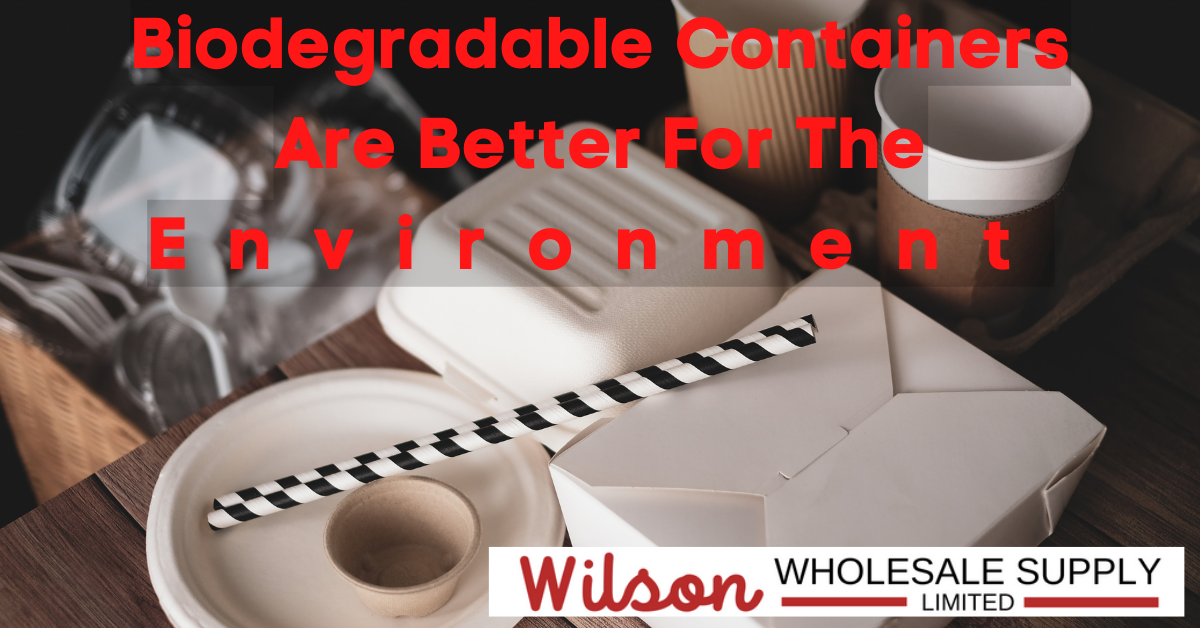

0 Comments